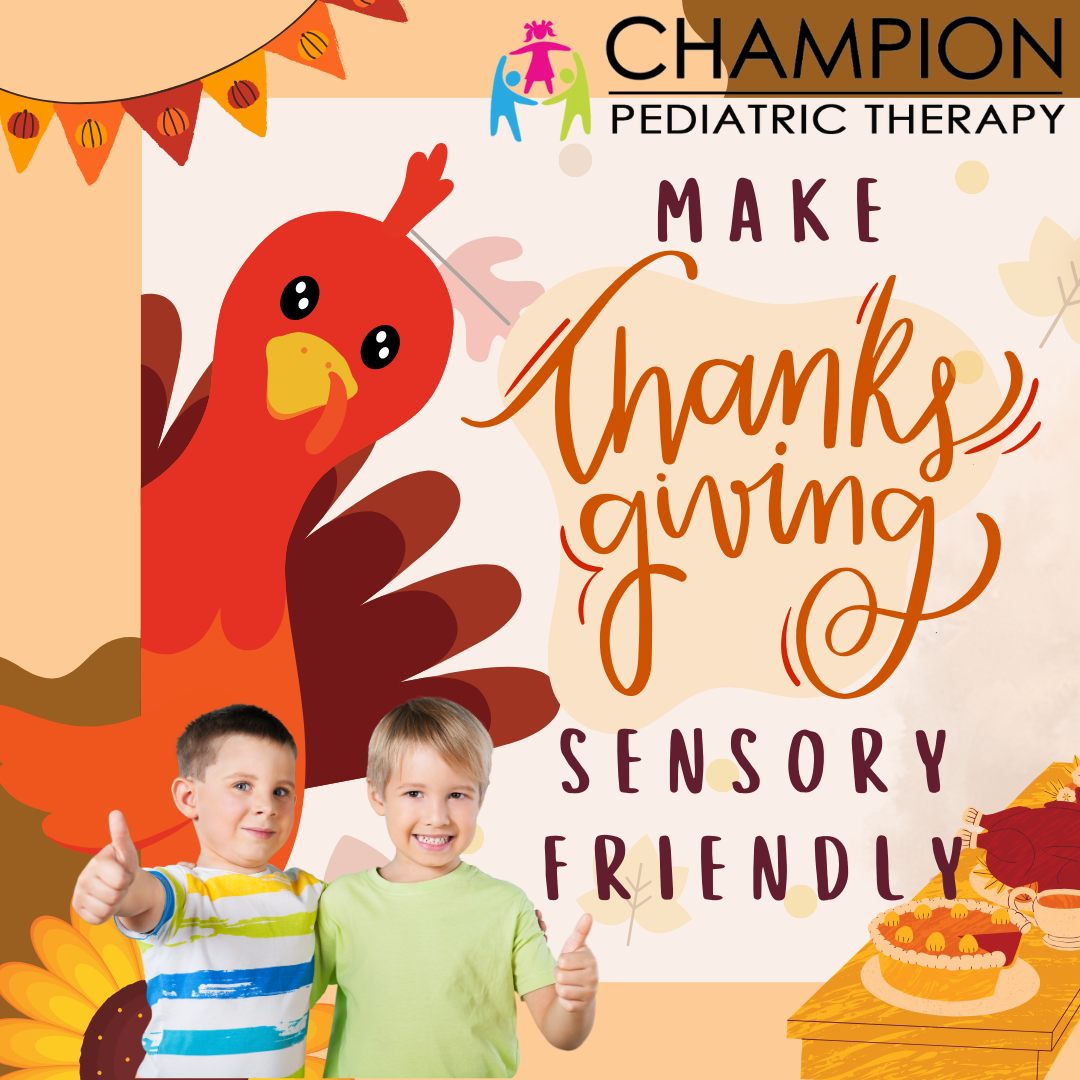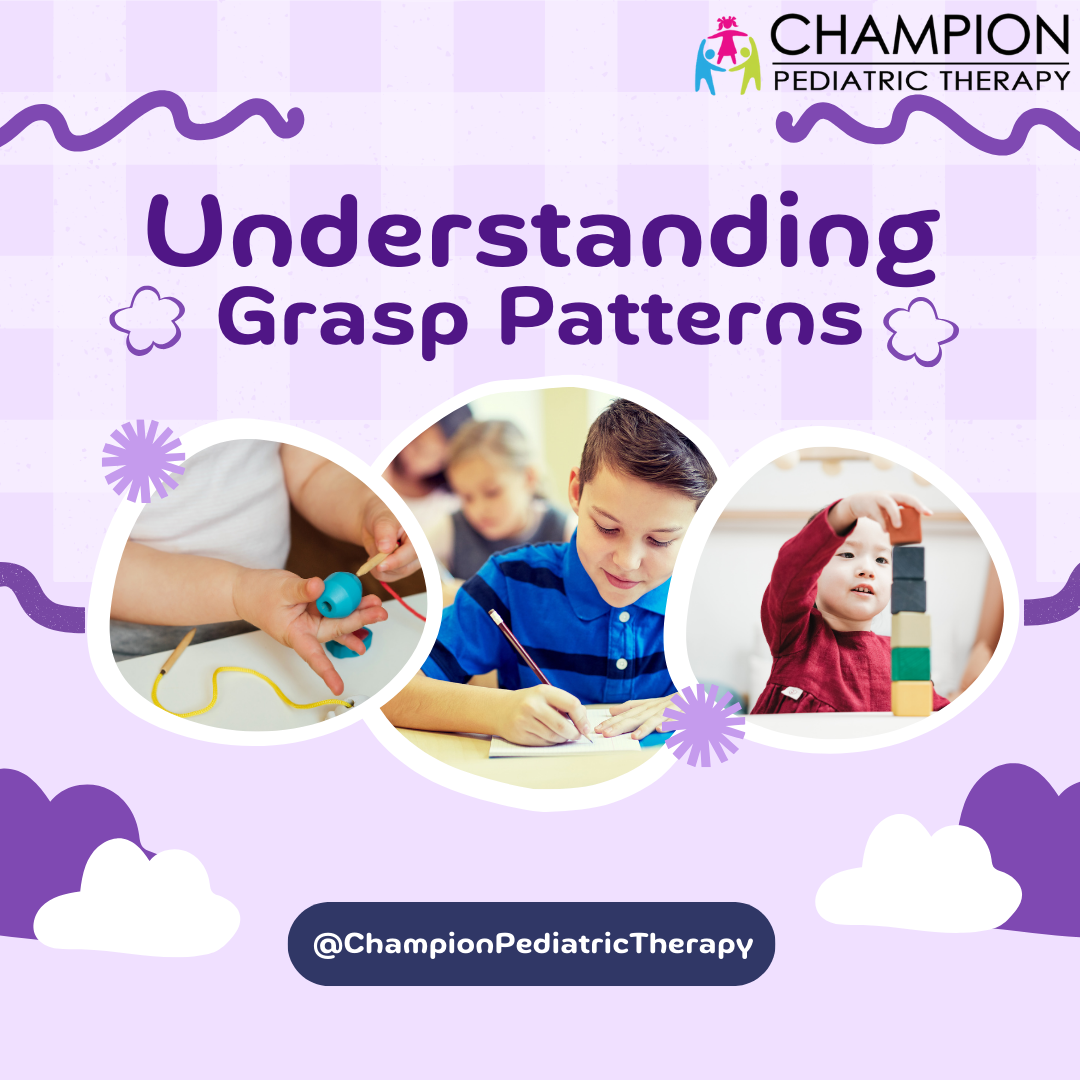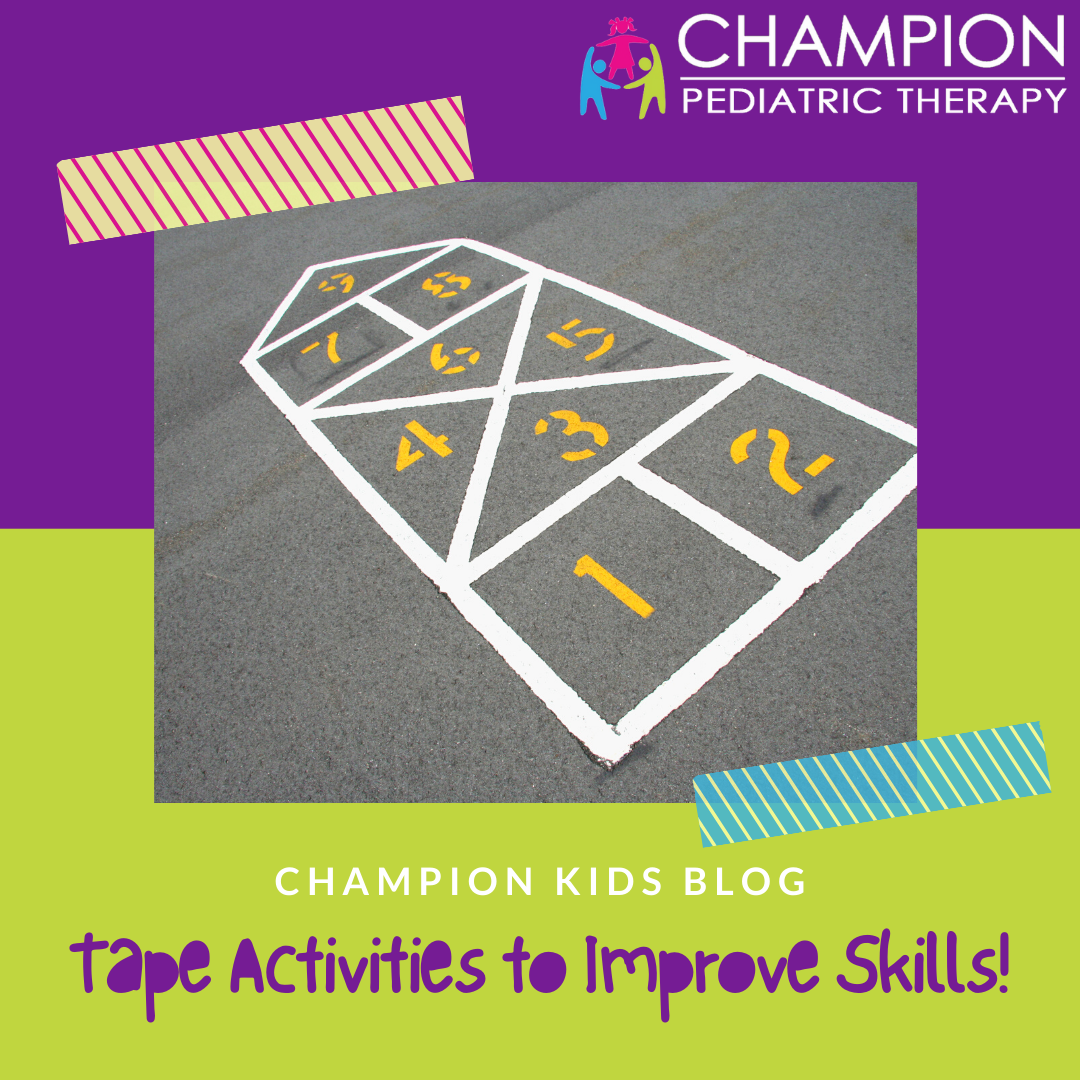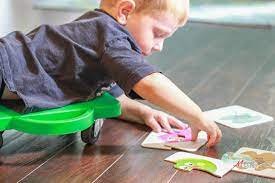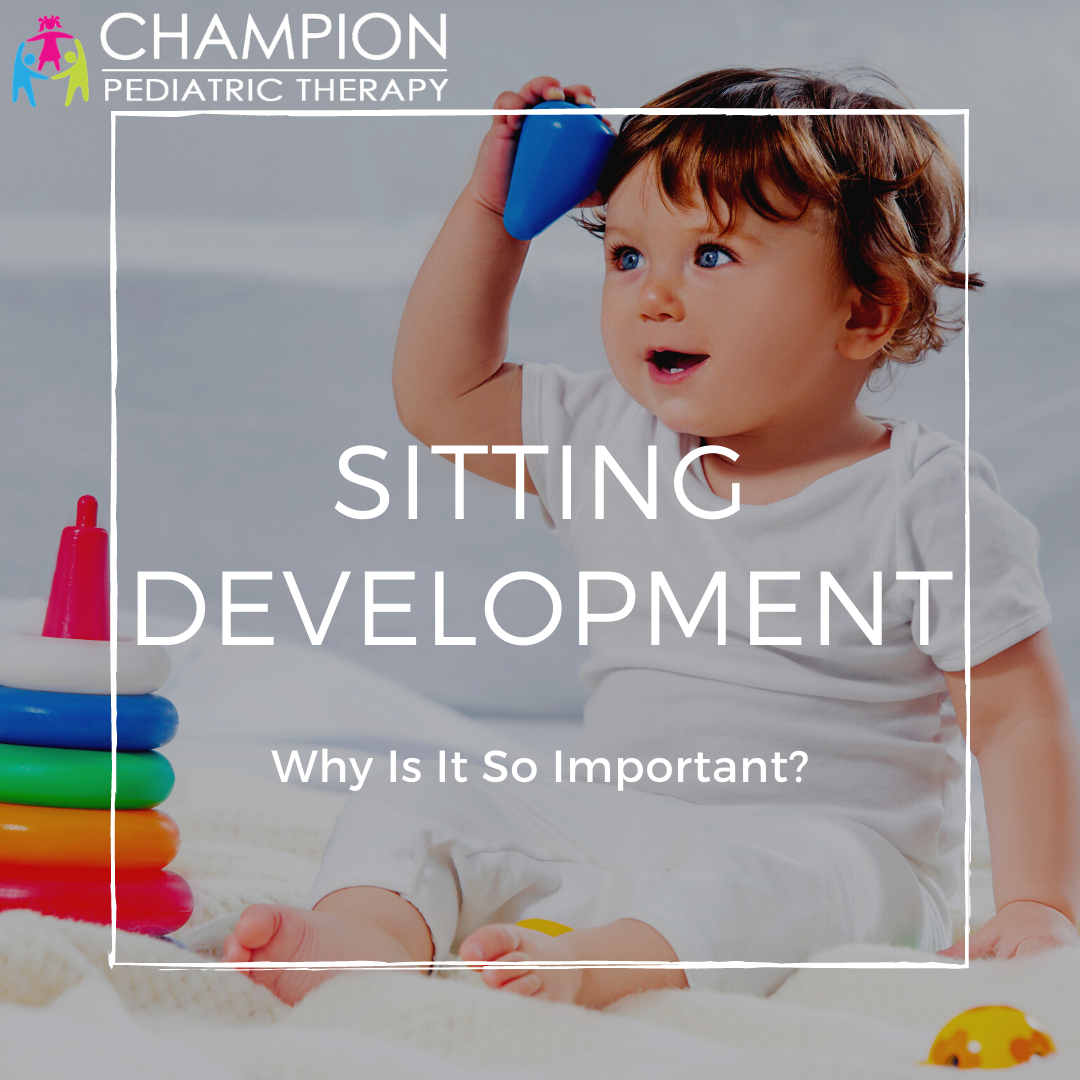Halloween is an exciting holiday for plenty of children, with pumpkin carving, trick-or-treating, and fun costumes. However, these same activities can be stressful and overstimulating for other children. Halloween can mean loud noises, bright lights, scary costumes and decorations, unexpected movements, and crowds of unfamiliar people. Children with sensory processing challenges or difficulty adjusting to change may have an especially hard time in this environment. A sensory-friendly Halloween can make the holiday less overwhelming and more enjoyable for all children! Try incorporating some of these tips to make this Halloween more sensory-friendly for your child.
Let your child know what to expect: things they might see, noises they might hear, and activities they can participate in, if they feel comfortable. Show them pictures or videos online or from a previous Halloween. Read a book about a child going trick-or-treating!
Find a costume that is comfortable and avoid itchy or restrictive costumes. You can even create a costume from their everyday clothes or have them wear normal clothes underneath. Allow your child to get used to wearing their costume by wearing it for gradually longer periods of time.
Consider smaller, local events such as “trunk-or-treat” if your neighborhood tends to get crowded.
Practice trick-or-treating before the big day! Practice walking the route or invite familiar family and friends to practice with your child in their own house.
On the day of:
Go trick-or-treating early, when there are less people out and before it gets too dark.
Bring noise reduction headphones or sunglasses if your child is sensitive to loud noises or flashing lights.
If your child is nonverbal, print a “trick-or-treat” sign for them to take with them–make this its own activity and have them decorate it!
Keep your child’s usual bedtime routine to maintain normalcy after the event.
Lastly, follow your child’s lead. Your child may only be comfortable going to a few houses, and that’s okay! Don’t push them to participate in more than they are comfortable with.
If you have any questions more specific to your child’s needs, please reach out to your therapist! They all have so many great strategies to share with you!







